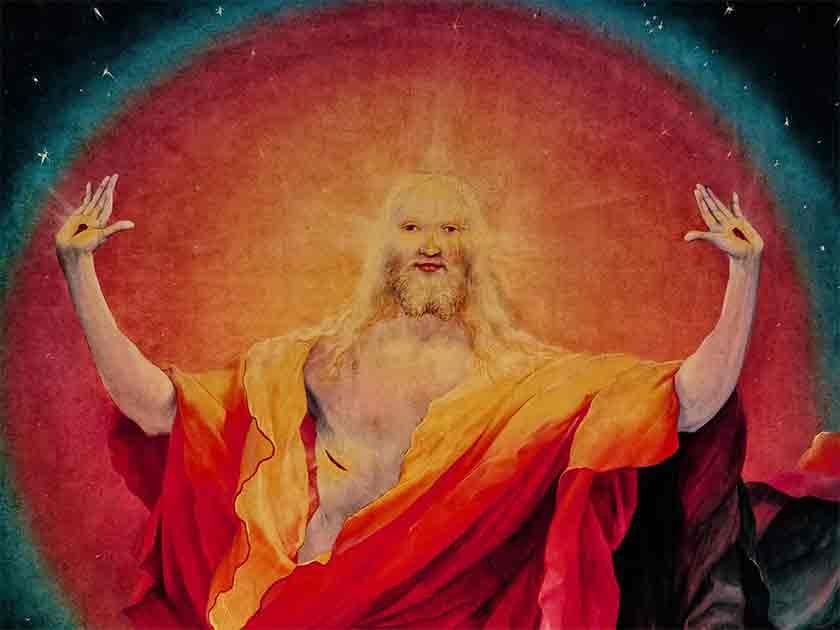The Dying God and the Resurrected God: What is Religion, Really?
Unexplained Mysteries
The key moment in Christianity is Jesus’s death on the cross. From this sacrifice the son of God returns after three days, come back to life to reassure the mourning disciples that everything will be fine. He gives them tasks, and then heads off to heaven for ever (or for the moment, anyway).
Taken in isolation, this is a strange sequence of events. Sacrifice is one thing, but this sacrifice is undone within a matter of days. Coming back from the dead is also pretty momentous, but Christ appears to only a handful of people before disappearing semi-permanently. Might as well have not come back at all, you might think.
There is a reason for this, however. The death and resurrection of Christ is an aspect of religion left over from a much older way of thinking. Once we know what to look for, we see dead and resurrected gods everywhere in the ancient world.
And what this repeated story can tell us about the cultures in which it appears gets to the very core of what religion is. Put simply, religion is an attempt to explain what its followers observe but cannot explain, somewhere between metaphor and protoscience.

The motif of a dying and resurrected deity spans across various cultures and religions, symbolizing the cyclic nature of life, death, and rebirth. This archetype reflects humanity’s observations of the natural world, particularly the seasonal cycles of growth, decay, and renewal.




